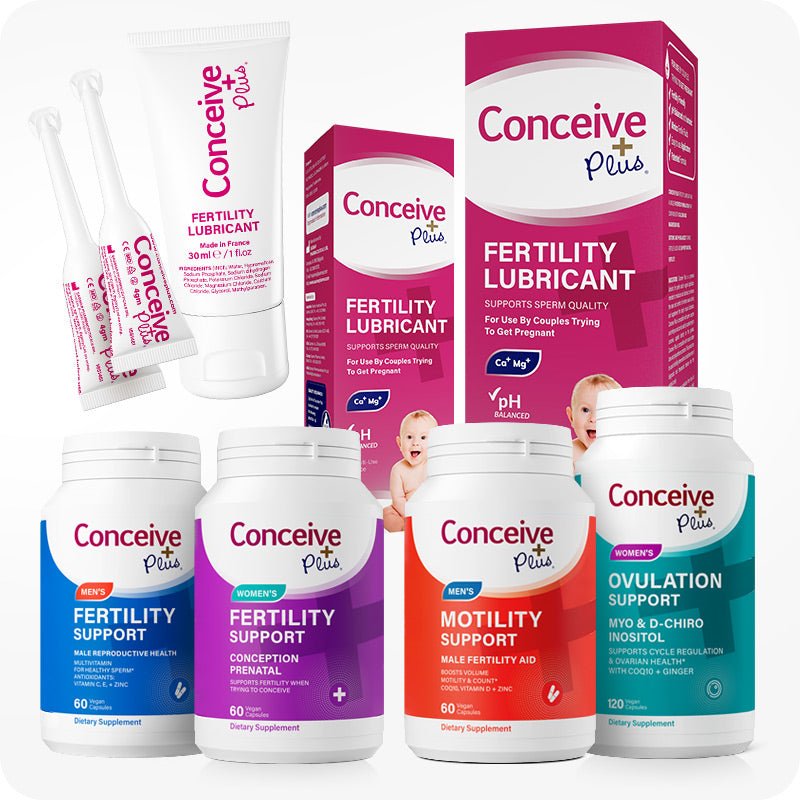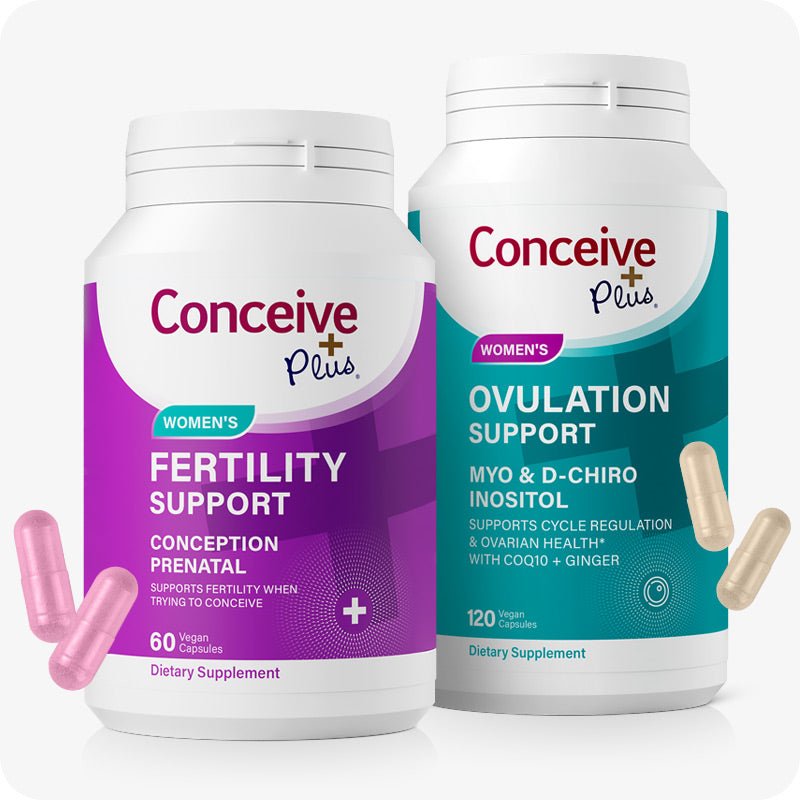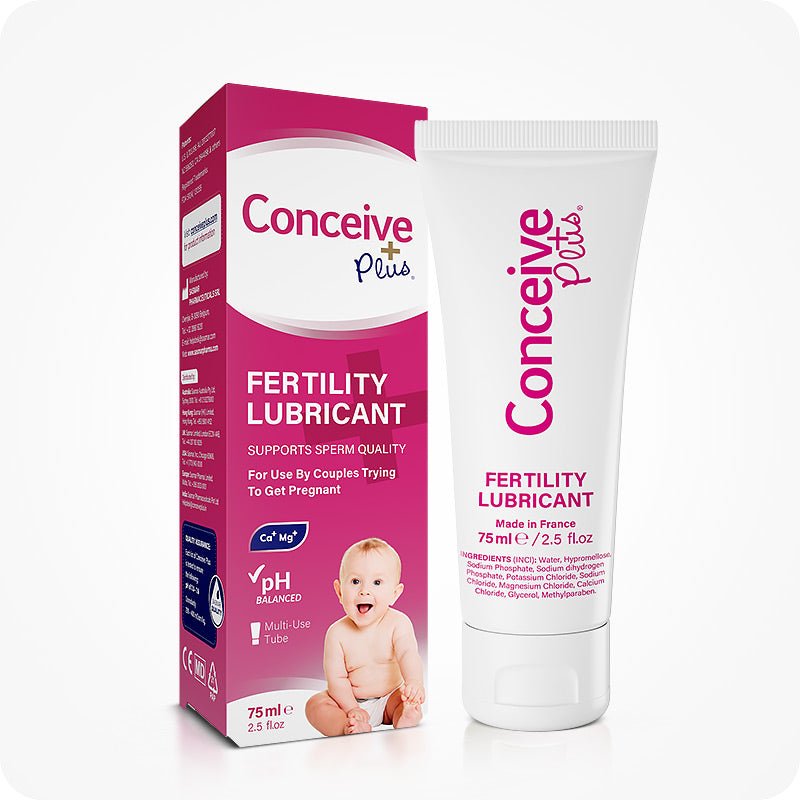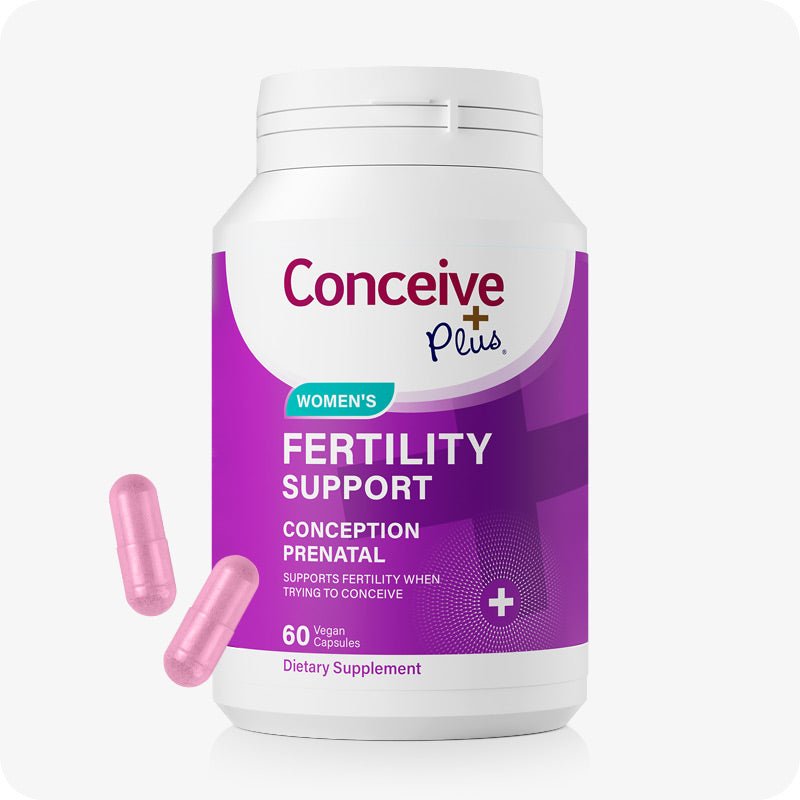Late Ovulation Pregnancy: Insights, Causes, and Conception
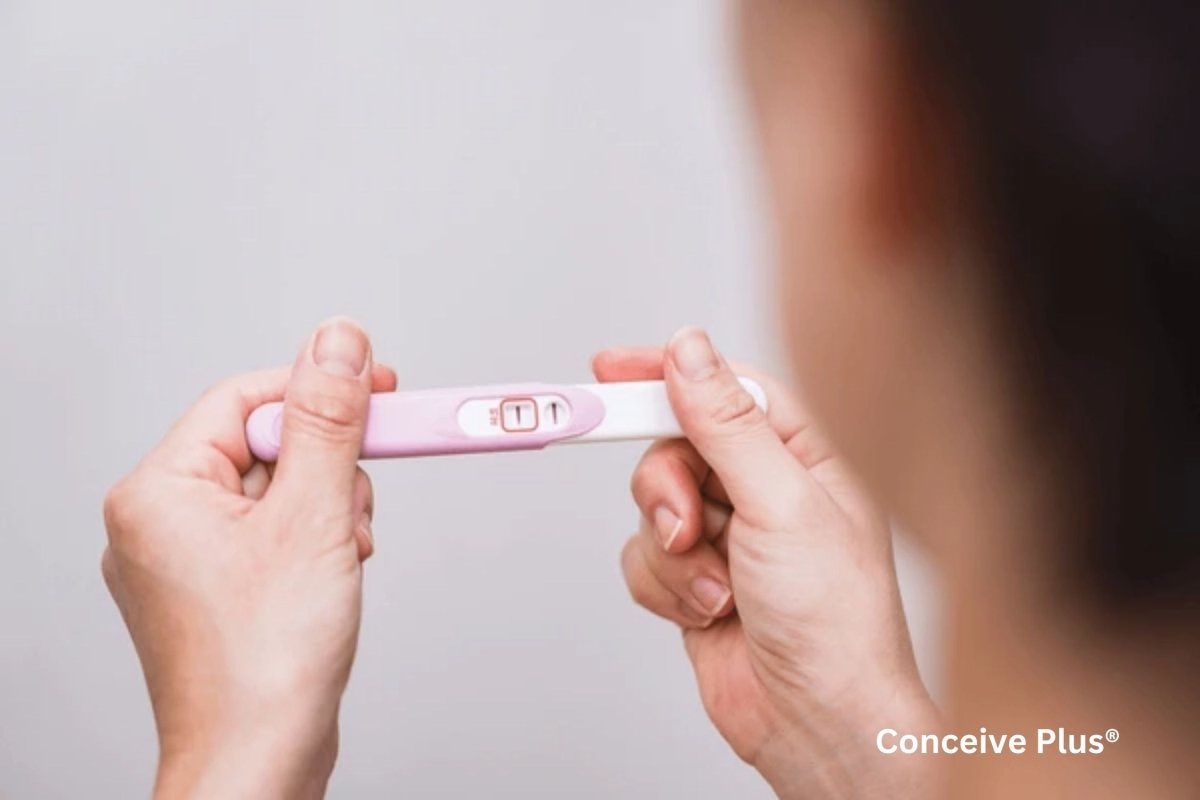
In the realm of fertility and conception, the timing of ovulation is often considered a defining factor in determining how quickly a late ovulation pregnancy might occur. Normally, an egg is released from the ovary around the midpoint of a woman's menstrual cycle, typically somewhere between day 12 and day 16. However, variation can be normal, and some experience a later release of the egg than what is traditionally assumed.
Understanding why and how ovulation may be delayed provides valuable insight into reproductive health. The process itself hinges on intricate hormonal signals, involving the hypothalamus, pituitary gland, and ovaries in a tuned cascade. When any aspect of this interplay shifts, the release date can move further into the cycle, thus affecting the possibility of conception. Learning about these shifts can help individuals become more aware of their reproductive patterns, enhance family planning strategies, and reduce confusion around unexpected cycle changes.
Why Ovulation May Arrive Later
Delays in egg release can arise from numerous factors, including stress, sudden weight change, or underlying medical conditions. Some experience unpredictable menstrual cycles due to hormonal imbalances that affect the frequency and timing of ovulation, reflecting the body’s adaptive nature. Minor fluctuations are common, and they do not automatically imply infertility. Rather, a later release might simply narrow or shift the window when fertilization can occur. Though a textbook example places ovulation near the midpoint, reality often diverges from that neat pattern. Precisely pinpointing the most fertile phase calls for careful observation, such as tracking basal body temperature or using ovulation predictor kits. While these tools may provide clarity, many people still wonder how late can you ovulate and how it influences the odds of conceiving. Gaining a deeper knowledge of the body’s biological rhythms paves the way to greater empowerment and better outcomes in the journey toward parenthood [1].
Exploring Historical and Modern Views
Throughout history, there have been women who identified the moment of egg release beyond the commonly assumed time frame. Specific instances, such as ovulating on day 19 of cycle, shed light on how individualized each menstrual phase can be. Modern research underscores the flexibility in hormonal patterns, suggesting that environmental factors, emotional well-being, and genetic predispositions can all contribute to an atypical timeline. For anyone curious about these variations, the first step is often monitoring monthly rhythms with a dedicated fertility chart. By recording subtle shifts in cervical mucus or employing at-home hormone tests, individuals can gain a clearer perspective on their reproductive landscape. Medical professionals generally consider cycle lengths between 21 and 35 days as normal, yet that broad range highlights how each body functions in a unique manner. Understanding such intricacies can alleviate undue worry about non-traditional ovulation schedules and foster more informed decision-making through better fertility education [2].
Addressing Common Cycle Queries
Among the questions frequently posed by those trying to conceive is, “can you ovulate on day 21?” This inquiry highlights the reality that not everyone’s cycle follows the textbook template. Whether someone experiences a release on day 14 or day 21, fertility potential remains anchored in the availability of a healthy egg and adequate sperm. Still, when the surge in luteinizing hormone arrives later than expected, it may shift the optimal period for intercourse or fertility procedures. Some individuals naturally have a longer menstrual cycle, extending beyond 28 days, which can make ovulate on day 21 relatively common. In other cases, certain health conditions, such as polycystic ovary syndrome, might contribute to a delay in egg release. Recognizing these variations fosters a better understanding of reproductive physiology and helps individuals synchronize their conception efforts with the body’s authentic timeframe, regardless of monthly irregularities [3].
Considering Broader Menstrual Influences
In the broader context of reproductive well-being, 19th day ovulation may also occur if the menstrual cycle spans about 33 days. This timing still offers a feasible opportunity to conceive, provided that healthy sperm are present. Each cycle is a distinctive interplay of hormones, and what might seem late for one person could be normal for another. A thorough evaluation of possible influences, including nutritional status, thyroid function, and overall lifestyle habits, can reveal what causes late ovulation and guide more personalized solutions. Whether it involves adjusting eating patterns or finding ways to reduce daily stress, small changes can yield significant results in rebalancing hormone levels. If persistent challenges arise, consulting a healthcare provider for advanced diagnostic tests, such as ultrasound scans or hormone panels, may uncover underlying issues and offer targeted interventions that restore more predictable cycles.
Conceiving When Ovulation Is Delayed
Despite misconceptions that a delayed egg release precludes a positive result, late ovulation pregnancy is indeed possible when timing lines up optimally. An egg remains viable for fertilization for a short window, roughly 12 to 24 hours after its release. Sperm, on the other hand, can persist in the reproductive tract for up to five days. Thus, identifying the exact moment of ovulation is key to maximizing the likelihood of conception. For those who suspect a lag in the usual cycle pattern, a few well-timed attempts at intercourse may prove fruitful if the sperm is present at the right juncture. Moreover, tracking additional markers, like increased cervical fluid and mild abdominal twinges, can help pinpoint the best time to aim for fertilization. By understanding the dynamic nature of hormone regulation, individuals can navigate potential disappointments more calmly, maintain hope, and remain proactive about their pregnancy aspirations.
For more insights on how to distinguish between a late period and early pregnancy signs, you may want to check out our article on late period or pregnant.
Investigating Shifts in the Luteal Phase
For instance, while a standard cycle is believed to revolve around ovulation day 21 in some cases, there are scenarios where ovulation day 22 emerges instead. Each shift carries implications for the menstrual phase that follows, particularly the luteal phase, which generally lasts around 14 days. If someone experiences an egg release near the end of the cycle, they might find that the next menstrual period arrives later than anticipated, leading to confusion about whether implantation has occurred. To clear such doubts, resources like fertility charting apps, home ovulation kits, and the guidance of medical professionals can be invaluable. Identifying ovulation day 22 or another unexpected date becomes far less puzzling when these systematic tracking methods are employed. In turn, better awareness of precise hormonal trends mitigates unnecessary concerns about cycle irregularities, easing anxieties about late fertilization windows [4].
For those who have ovulated early and got pregnant, understanding the implications of early ovulation can offer additional insights into your fertility journey.
Adapting Lifestyle Factors
Individuals who notice they are ovulating late in cycle often reflect on variables that might be contributing to that pattern. High levels of anxiety can disrupt normal hormone signals, as can significant shifts in weight or extreme exercise regimens. By experimenting with strategies such as mindfulness techniques, moderate physical activity, and a balanced diet, one may foster a more regular schedule. In addition, identifying underlying medical conditions like insulin resistance or thyroid disorders can provide a clearer path to consistent ovulatory timing. Whenever these concerns persist, seeking input from healthcare practitioners ensures that appropriate tests are carried out. If a person confirms ovulation day 22 of cycle, for example, they might adjust their approach to fertility-oriented activities, ensuring that any attempt to conceive aligns with the revised window. This empowerment through knowledge benefits both short-term and long-term goals in building or expanding a family, even with irregular cycles.
Managing Emotional and Psychological Factors
Emotional and psychological aspects also intersect with biological processes, meaning that stress reduction can play a vital role in optimizing fertility. Taking deliberate steps to maintain emotional well-being—such as practicing yoga, journaling, or seeking therapy—can help modulate hormonal signals. Even small lifestyle enhancements, like consistent sleep patterns, can create a more stable environment for ovulation. While later-than-average egg release should not be automatically alarming, it is wise to remain watchful for any prolonged deviations that might hint at an underlying concern requiring professional attention. By cooperating with healthcare professionals, individuals can discover if there is a treatable factor or if the delay is part of their natural variation. Planning for conception then becomes less about adhering to rigid dates and more about aligning with one’s own unique biology. Ultimately, the goal is to cultivate an informed perspective, enabling better communication with medical advisors and less anxiety over minor changes [5].
The Bottom Line
Late ovulation pregnancy often sparks intense curiosity, particularly among those who experience atypical cycle patterns. It underscores the diversity in reproductive physiology and reaffirms that conception is not confined to a standard schedule. By learning to track hormone shifts, paying attention to signals like cervical mucus changes, and adopting a balanced lifestyle, couples can increase their chances of success. Though delayed egg release might initially appear to complicate the journey, it can, in fact, offer insight into the body’s extraordinary adaptability. Individual differences in cycle length do not preclude healthy pregnancies; they merely illustrate the importance of recognizing personal rhythms. Whether someone notices a shift on day 19, day 21, or day 22, what matters most is remaining attentive to the body’s cues and seeking professional guidance when needed. Through knowledge, patience, and a supportive network, individuals can transform concerns about delayed ovulation into confidence, forging a hopeful path toward building a family that reflects their unique timeline. Professional support, along with consistent tracking, can ease uncertainties and boost the likelihood of a desired outcome.
References
- Su HW, Yi YC, Wei TY, Chang TC, Cheng CM. Detection of ovulation, a review of currently available methods. Bioeng Transl Med. 2017 May 16;2(3):238-246. doi: 10.1002/btm2.10058. PMID: 29313033; PMCID: PMC5689497.
- Katz DF. Human cervical mucus: research update. Am J Obstet Gynecol. 1991 Dec;165(6 Pt 2):1984-6. doi: 10.1016/s0002-9378(11)90559-6. PMID: 1755453.
- Wilcox AJ, Dunson D, Baird DD. The timing of the "fertile window" in the menstrual cycle: day specific estimates from a prospective study. BMJ. 2000 Nov 18;321(7271):1259-62. doi: 10.1136/bmj.321.7271.1259. PMID: 11082086; PMCID: PMC27529.
- Reed BG, Carr BR. The Normal Menstrual Cycle and the Control of Ovulation. [Updated 2018 Aug 5]. In: Feingold KR, Ahmed SF, Anawalt B, et al., editors. Endotext [Internet]. South Dartmouth (MA): MDText.com, Inc.; 2000-. Available from: https://www.ncbi.nlm.nih.gov/books/NBK279054/
- Bagherzadeh, R., Gharibi, T., Safavi, B. et al. Pregnancy; an opportunity to return to a healthy lifestyle: a qualitative study. BMC Pregnancy Childbirth 21, 751 (2021). https://doi.org/10.1186/s12884-021-04213-6














